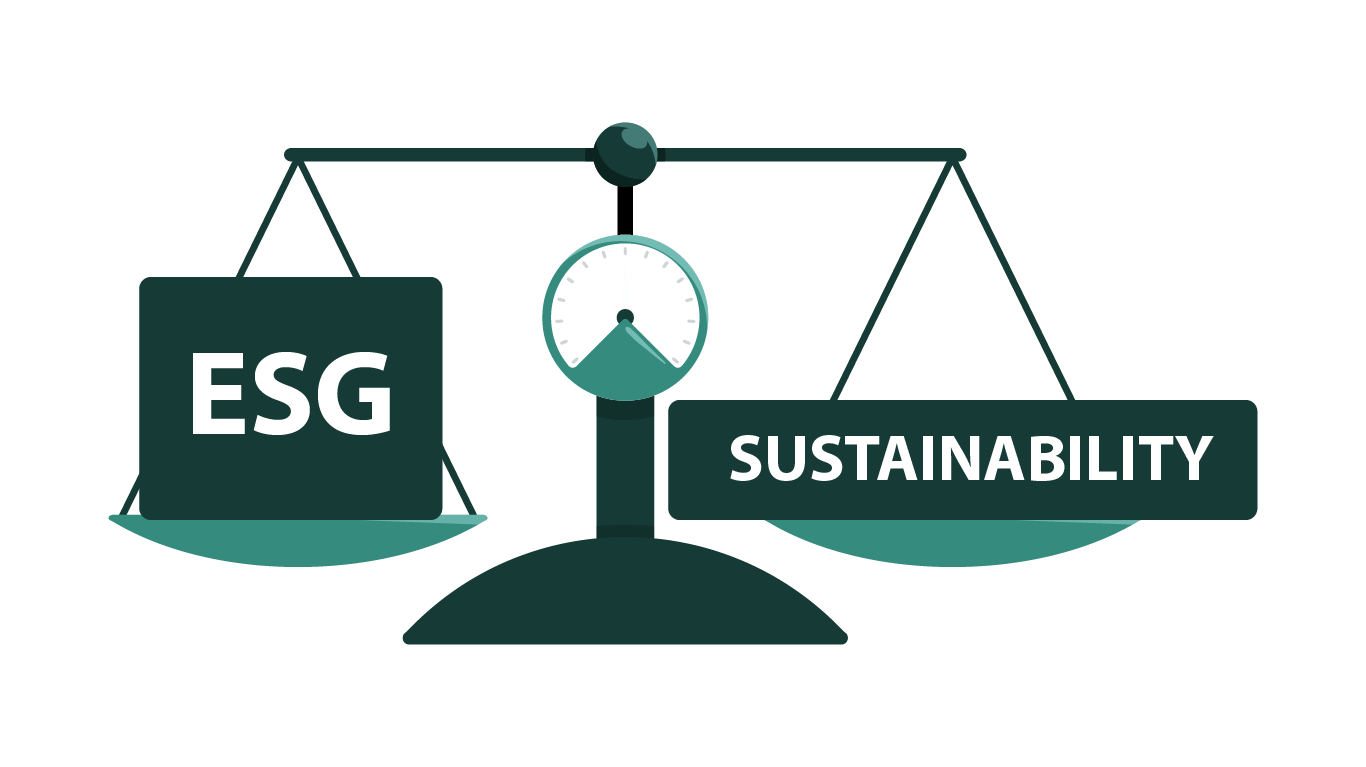There is no doubt that environmental, social and corporate governance (ESG) matters are high in the minds of investors, potential and current employees, and customers alike. Each party has a stake in the sustainability of an issuer, whether it is because concentrating on these elements reduces the risks of scandals and sanctions or because they want to work for or buy from a company that is run in a fair and equitable manner. This is why an ESG strategy is important.
French manufacturing firm BIC, famed for its pens and razors, amongst other products, has adopted a strong ESG strategy. The company has undertaken two share buyback schemes in recent years. The latest, which runs until 22 December 2022, will donate the difference between the purchase price and the average volume-weighted average price over the execution period to the Abdul Latif Jameel Poverty Action Lab (J-PAL) to support the BIC Corporation Foundation for Education and research programs related to education.
This programme not only helps those in need but also aligns with the company’s pledge to provide a sustainable return to shareholders.
|
Table of Contents
|

Why develop an ESG strategy?
There are three main reasons to develop an ESG strategy:
| Reason | Explanation |
| It is the right thing to do | There is a climate crisis that everyone needs to address, including businesses. Many organisations, such as Euronext, are pledging to put in place actions that help limit the rise in global temperatures.
Furthermore, companies should take responsibility for protecting the environments in which they work and the people that they employ while promoting fairness on all levels. |
| It is in the interests of stakeholders | A recent global study found that nearly 80% of shareholders said ESG was an important factor in their investment decision-making. In addition, consumers will pay more for products from ethical companies, and three-quarters of employees want their employer to be more transparent about sustainability. |
| ESG reporting will soon be mandatory | The European Union already has some requirements for mandatory ESG reporting, and these will increase in scope in the coming months and years. Legislation such as the Sustainable Finance Disclosure Regulation (SFDR) and the Corporate Sustainability Reporting Directive (CSRD) will seek to make non-financial reporting easier to compare between businesses and expose greenwashing, too. |
How does an ESG strategy help impress investors?
An ESG strategy shows your commitment to factors relating to the environment, social issues and corporate governance. Rather than simply claiming to take sustainability seriously and then just continuing as normal, an ESG strategy pinpoints what the issuer will strive to achieve in these areas.
This is of interest to investors, as a robust ESG strategy can benefit them in the following ways:
- It can improve the company’s performance:Financial advice firm Foster Denovo found that “three-quarters of ESG-screened indices outperformed their broad market equivalents.“ According to ESG Book, a model portfolio of ESG-related European stocks saw an annual average return of 1.59% above its unweighted benchmark between January 2017 and April 2022.
- It can cut costs:By reducing waste on paper, water and carbon, for example, a company can shrink its expenses. Switching to virtual or hybrid events reduces venue hire costs, refreshment bills, and travel and accommodation expenses. In addition, a company that prizes diversity and inclusion as part of its ESG efforts will naturally reduce its risk of litigation from employee discrimination cases.
- It reduces risk: Companies that look after their people and care for the environment are less likely to contravene laws and regulations relating to these areas. This means they are less likely to face sanctions or reputational damage from becoming embroiled in a scandal. In the US, Pacific Gas & Electric was fined $125 million (€124.7 million) for a lapse in its ESG obligations, which caused the Kincade fire in 2019. Four people were injured, and hundreds of buildings were destroyed in the incident after a faulty PG&E powerline caused the blaze.
- It creates long-term visibility and value: Shareholders can see how their investment is working sustainably while the issuer creates and works towards meaningful non-financial KPIs. This provides tangible evidence of shareholder value, which will increase over the following years as ESG-related issues become ever more important to external forces, such as the media and government.
Steps to create an ESG strategy
1. Ensure commitment on all levels
ESG is a term that might not resonate with all levels of your organisation. This means that you have to talk in specifics and let people know what your ESG aims are. You should explain what they mean in practical terms, how they will affect employees on a day-to-day basis, why the company is pursuing a specific goal, and what it means to achieve it.
Your senior leaders need to back your plan from the start and understand exactly what success will look like and what the positive impact will be. Once they commit to your ESG vision, it makes it easier to gain buy-in from other levels within the company. Give them a reason to want to achieve those goals by spelling out the benefits.
ESG is, by its very nature, a broad term, and no issuer can cover all areas. So, request input from internal stakeholders about those elements of ESG that they think are more pertinent to your organisation. Having had their say in the development of your strategy, they are more likely to commit to turning it into a reality.
2. Assess your current state
Once you have decided on the areas of ESG that are most relevant to your business, industry, and location, you need to understand where the company is placed in relation to these aims.
Even if you do not already have a cohesive ESG strategy in place, you may have separate policies and procedures ongoing in these areas. Take stock of any metrics that you have to see how successful your current efforts are and track the progress of your programmes.
You should also check the level of engagement all stakeholders have. If there is little adoption or adherence to the policies, consider why this might be. Are the aims solid but the processes flawed? Have you communicated the benefits of the programme effectively?
Consider what you can do as part of your strategy to encourage colleagues to engage more.

3. Set ESG goals
The next step is to work on setting out the ESG goals that are important to the business. They should resonate in the industry, relate to the places in which you carry out work, allow you to make the largest impact, and align with your target investors.
Carry out a materiality assessment to help you determine these goals for your business. Perform interviews with both internal and external stakeholders. Compile a list of material topics that could have an operational or financial impact on your business and which your business can manage or influence in some manner.
The goals should relate to your business strategy and need to be specific enough to be meaningful. Following the SMART goals framework helps you set the right kinds of goals in order to impress investors and show that they will deliver tangible and valuable change.
SMART goals are Specific, Measurable, Achievable, Relevant, and Time-Bound.
Once you have these goals, consider the issues that your company might have in achieving them. It is important to bear this in mind when developing your action plan for moving forward.
4. Choose an ESG framework
One criticism of ESG reporting is that it can be difficult to benchmark ESG performance and compare it accurately against peers. If you want to be able to show potential investors your progress in a way that is meaningful to them, using a standardised ESG framework helps them to understand better how effective your programme is.
The frameworks provide pre-defined systems or structures for your ESG goals that allow for easier comparison across the industry. Here are some of the most popular ESG frameworks:
- The International Integrated Reporting Council (IIRC) communicates about value creation, preservation and erosion using long-term ESG goals.
- CDP is a not-for-profit charity that runs a system used by companies as well as governmental organisations to understand and disclose their ESG progress.
- The Sustainability Accounting Standards Board (SASB)tracks ESG performance across 77 different industries and recommends methods of sharing ESG progress with external stakeholders.
- The International Sustainability Standards Board (ISSB) aims to “deliver a comprehensive global baseline of sustainability-related disclosure standards”.
- The Global Reporting Initiative (GRI) provides a framework for universal ESG topics as well as sector-specific standards for a range of industries.
5. Set key performance indicators and report on your progress
KPIs are essential in ensuring your progress towards your ESG goals and doing so in a timely and effective manner.
Your strategy should involve stages for your journey to complete your goals. Simply aiming for the end result can seem too far away and becomes demoralising. However, building your ESG strategy so that it recognises the steps you take on the route to achieving your goals makes it seem more achievable.
You can allow yourself to celebrate reaching each KPI. It keeps you focused and provides a valuable opportunity to take note of your progress.
This also allows you to report on your progress to internal and external stakeholders. You must make sure that you do so in a clear and easy-to-understand manner. With such an important topic as ESG, investors need to know that you are being transparent about the way you document your procedures and results. Do not try to spin poor performance, but rather, show your strategies for improving it.

FAQs
Do institutional investors care about ESG?
Institutional investors do care about the sustainability of the companies in which they invest because their clients are passionate about it. The European Corporate Governance Institute found that “institutional investor holdings are strongly driven by the ESG quality of companies.”
At the same time, the Euronext ESG Equity Barometer indicates the growth of sustainable assets under management (AuM), showing the trajectory of sustainable investing. Bloomberg Intelligence also reports that there will be roughly $9 trillion (€9.2 trillion) in fresh ESG AuM available between 2022 and 2025, and total AUM is expected to surpass $50 trillion (€51.5 trillion). As a result, more and more institutional investors will be focusing on ESG investing.
Another example of the importance of ESG to institutional investors is the fact that signatories to the Principles for Responsible Investment now manage half of the public equity assets held by institutional investors globally.
What are investors looking for in ESG?
Investors want clarity and transparency over the ESG reporting of their issuers. Greenwashing, where a company oversells its green credentials to gain an advantage, is a concern for investors who want to know that companies are making a tangible impact.
What is the difference between ESG and sustainability?
Sustainability is an umbrella term for doing right by the environment and social issues. ESG is more specific, setting out certain goals and measuring them to show progress from a financial standpoint.
Issuers need to create a robust sustainability roadmap in order to prepare the ground for a successful ESG strategy.
Conclusion5 Steps To Creating An ESG Strategy That Will Impress InvestorsAn ESG strategy must be clear and relevant. It must lead to a real impact on the areas that you target with your goals. You must be able to show how you will achieve those targets as well as providing updates on your progress. The goals should be defined based on a materiality assessment with both internal and external stakeholders, and you need to make a case for their inclusion to those who will carry out the work needed to achieve them.
Most of all, your ESG strategy should speak to your investors and those you would like to invest. If you want help with this, Euronext Corporate Services ESG Advisory team can make sense of your investors’ expectations and craft them into a comprehensive bespoke ESG strategy based on extensive data collection and analytics. You can request a free demo right now to see how it will benefit your business. |
References and further reading
Related articles
-
ESG Fund Names: What ESMA’s New Guidelines Mean For Issuers
Read the article -
New Governance solutions with AGM Voting Insight and ESG Data distribution
Read the article -
CSRD Reporting Requirements: A Comprehensive Guide
Read the article
Share this post


